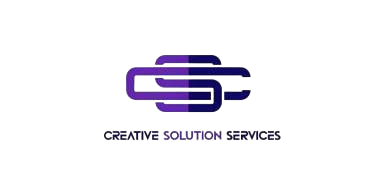The Essentials of Modern Website Design: What Today’s Users Expect

In a fast-paced digital world, your website isn’t just an online placeholder—it’s your brand’s digital front door. Whether you’re running a startup, ecommerce store, or creative agency, modern website design is essential for standing out, building trust, and driving engagement.
But what exactly defines modern design in 2025? It’s more than just aesthetics. It’s about functionality, user experience, speed, and adaptability. Let’s break down what makes a website feel modern—and why that matters more than ever.
What Is Modern Website Design?
Modern website design refers to a style and approach to web development that emphasizes clean aesthetics, intuitive user experience (UX), fast loading times, and mobile responsiveness. It blends form and function to create websites that not only look great but perform flawlessly.
Key Features of Modern Website Design
1. Minimalist Aesthetic
Modern design embraces simplicity. Clean layouts, generous white space, and a limited color palette help direct focus where it matters most—your content and calls-to-action.
2. Mobile-First Design
With mobile traffic often surpassing desktop, modern websites are built with a mobile-first approach. Responsive layouts adapt to all screen sizes, ensuring a seamless experience for every user.
3. Fast Loading Times
Speed is critical. If your site takes more than a few seconds to load, visitors will bounce. A modern website uses compressed images, optimized code, and efficient hosting to deliver blazing-fast performance.
4. User-Centered Navigation
Users should never have to guess where to click. Modern website design prioritizes intuitive navigation, clear menus, and accessible structures that guide visitors effortlessly.
5. Bold Typography and Visual Hierarchy
Readable fonts, clear headings, and strong visual hierarchy make it easy for users to scan and find what they need quickly.
6. Interactive Elements
Animations, micro-interactions, and engaging hover effects can enhance the user experience—when used wisely and sparingly.
7. Dark Mode and Accessibility
Offering features like dark mode and ensuring accessibility for all users (including those with disabilities) has become a hallmark of forward-thinking design.
Why Modern Website Design Matters
-
First Impressions Count: Users judge your credibility in seconds. A sleek, modern design builds trust instantly.
-
Better SEO Performance: Search engines reward sites that load quickly, are mobile-friendly, and offer a good user experience.
-
Higher Conversions: Clear, compelling designs lead users toward action—whether that’s signing up, buying, or contacting you.
-
Brand Consistency: A modern website reinforces your brand’s identity and communicates professionalism.
Examples of Great Modern Website Design
Some of the best examples of modern website design come from industries like tech, fashion, and creative services. Companies like Apple, Airbnb, and Notion all use minimalism, mobile-first layouts, and sleek visuals to keep users engaged.
Final Thoughts
Modern website design isn’t a trend—it’s a standard. As user expectations grow and competition gets tougher, your website must not only look good but perform exceptionally across all devices.
Whether you’re launching a new site or revamping an old one, adopting modern design principles will help you create an online presence that feels current, credible, and customer-focused.
- Art
- Causes
- Crafts
- Dance
- Drinks
- Film
- Fitness
- Food
- Spellen
- Gardening
- Health
- Home
- Literature
- Music
- Networking
- Other
- Party
- Religion
- Shopping
- Sports
- Theater
- Wellness


